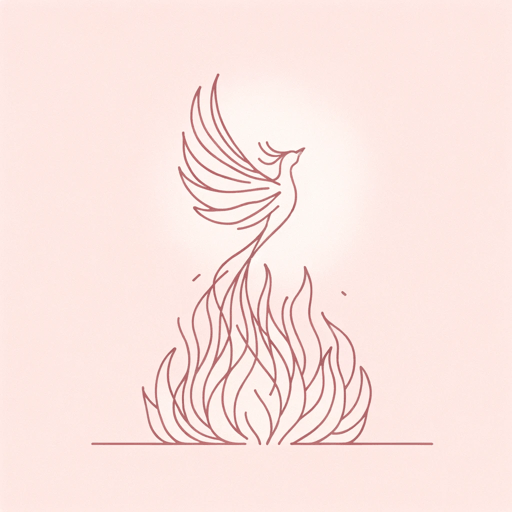17 pages • 34 minutes read
Audre LordeHanging Fire
Fiction | Poem | Adult | Published in 1978A modern alternative to SparkNotes and CliffsNotes, SuperSummary offers high-quality Study Guides with detailed chapter summaries and analysis of major themes, characters, and more.
Literary Devices
Form and Meter
“Hanging Fire” is a free-verse poem with three stanzas of varying length. The first stanza has 11 lines, while the second and third stanzas have 12 lines each. Each stanza has only one end punctuation mark (a period) after its last line. This gives the poem the syntactical structure of a run-on sentence.
Here, form matches content in that the poem is describing the thoughts of a teenager, creating the sense that the teenager is musing and worrying about various issues, seemingly at random, in real time. Some of the sentences are interrogative (i.e., ask questions) but do not end with question marks, emphasizing their rhetorical nature and the fact that they are not questions addressed to a second person. All of the stanzas contain multiple ideas, ranging from common adolescent concerns to more specific fears about violent hate crimes against Black women in America. However, line breaks are sometimes used to indicate the end of a sentence, or thought. For instance, in Line 19, Audre Lorde uses capitalization to indicate a new sentence, or thought, in beginning: “There is nothing I want to do.”
The poem has varying line lengths and meters. Some lines are only two syllables long, such as “the one” (Line 29).
Related Titles
By Audre Lorde





